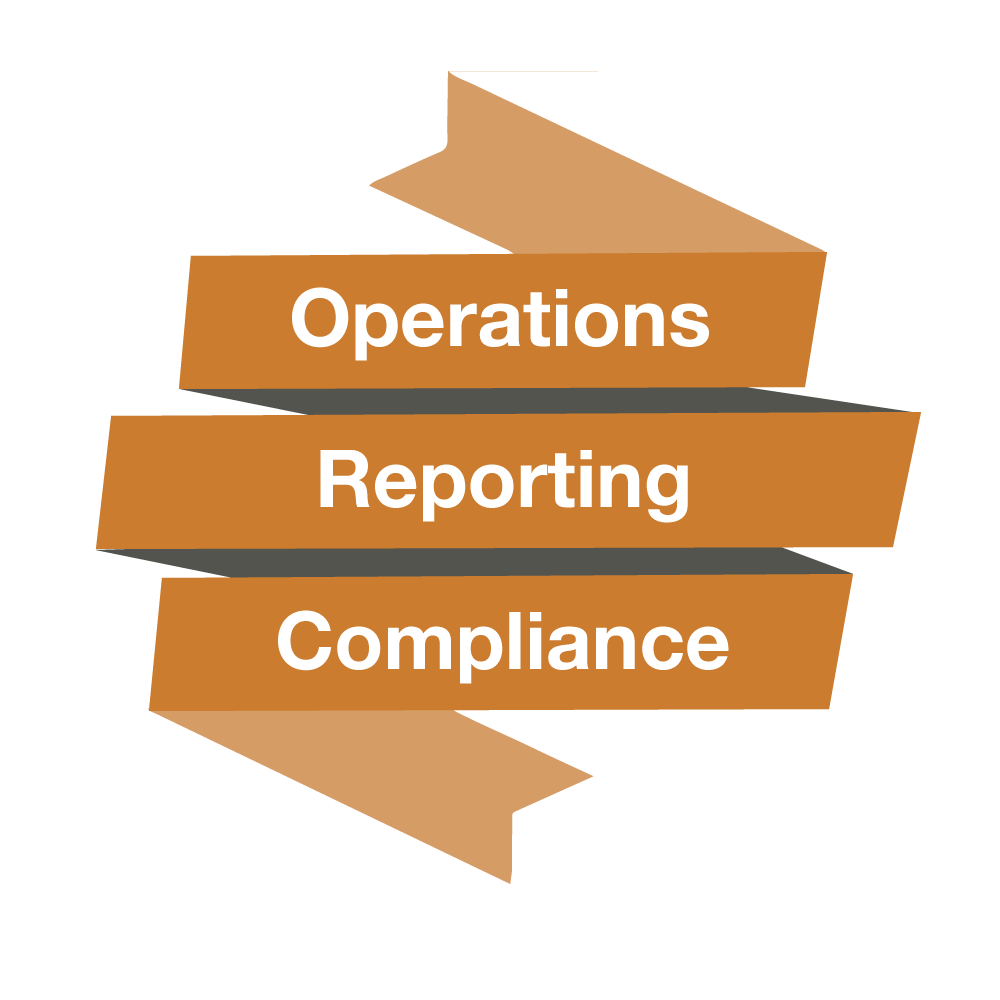
What is a SOC 1 Audit and Why Do You Need One?
Often times, clients might ask you to complete a SOC 1 audit, which might leave you asking, “What is a SOC 1 audit? Why does my organization need one?” If your organization has the ability to impact your customers’ internal controls over financial reporting (ICFR), then you’re likely to be asked by those customers to undergo a SOC 1 audit. But what is a SOC 1 audit exactly? A System and Organization Controls 1 (SOC 1) audit is an audit designed to test the internal controls that a service organization has implemented to protect user entities, or their customers’, data, specifically the internal controls that could impact financial reporting. SOC 1 audits are conducted in accordance with the Statement on Standards for Attestation Engagements 18 (SSAE 18), which is used to regulate how companies conduct business and report on compliance controls.
What are the Benefits of a SOC 1 Audit?
If you’re wondering “What is a SOC 1 audit?”, you’re probably also wondering “What are the benefits of a SOC 1 audit?” too. In fact, if you’ve never engaged in a SOC 1 audit before, chances are the process seems a bit intimidating. But when you pursue SOC 1 compliance with KirkpatrickPrice, it doesn’t have to be. Whether it’s your first time undergoing an audit, or you’ve been through audits before, our streamlined approach to the audit process will leave you with the following benefits upon the completion of your SOC 1 audit:
- Peace of mind that your organization has the proper internal controls and processes in place to deliver high-quality services to your clients
- An in-depth evaluation of your policies and procedures
- Assurance for your clients that the sensitive assets they’ve entrusted with you are effectively protected
- A stronger, more robust security hygiene because a third-party verified your internal controls not just your internal audit team
- A competitive advantage by demonstrating your commitment to security
Has your organization been asked to demonstrate SOC 1 compliance? Are you unsure where to begin? Contact us today to learn how KirkpatrickPrice can help you get started on your compliance efforts.
More SOC 1 Resources
Understanding Your SOC 1 Report Video Series
SOC 1 Compliance Checklist: Are You Prepared for an Audit?
How to Read Your Vendors SOC 1 or SOC 2 Report?
[av_toggle_container initial=’1′ mode=’accordion’ sort=” styling=” colors=” font_color=” background_color=” border_color=” custom_class=”]
[av_toggle title=’Video Transcription’ tags=”]
A SOC 1 report is a System and Organization Controls report. Most service organizations are offering services to their clients, such as managed services, application services, or any type of third-party service that’s being outsourced to them from their clients. They’re being asked to do this report as a way to prove to the client that they’re working with that their controls are mature enough and that they’ve been tested by a third-party auditor. We’ve found that a lot of people who call us the first time, they’re small- to medium-sized service providers, and they just found out that their biggest client is requiring them to do this audit that they’ve never heard of. They feel under-the-gun and pressured to do this in order to check a box because it feels like something that’s been forced upon them. But one of the really great things as to why you should do a SOC 1 audit is because it does validate your controls; it does validate what you’re doing. You might be competing against another company in your industry that has not taken the step of having an independent third-party come in and evaluate those controls. When you have an experienced auditor, like those we have here at KirkpatrickPrice, come in with years of experience and perspective and provide you with guidance and expertise on what your controls are or are not doing, it’s a very good process for you to strengthen your environment. It’s a very healthy process to go through to have that external opinion of what you’re doing. Sometimes we have our own internal environments and we have blinders on because we’ve never had a third-party come in and look at it from a different vantage point. We find our clients telling us, “In year one when we did the audit with you, we just thought it was something we were just going to have to do and get it over with, but after years two and three, we’ve started to see that this is a very healthy process, and it actually helps our business get stronger and to grow.”
[/av_toggle]
[/av_toggle_container]



